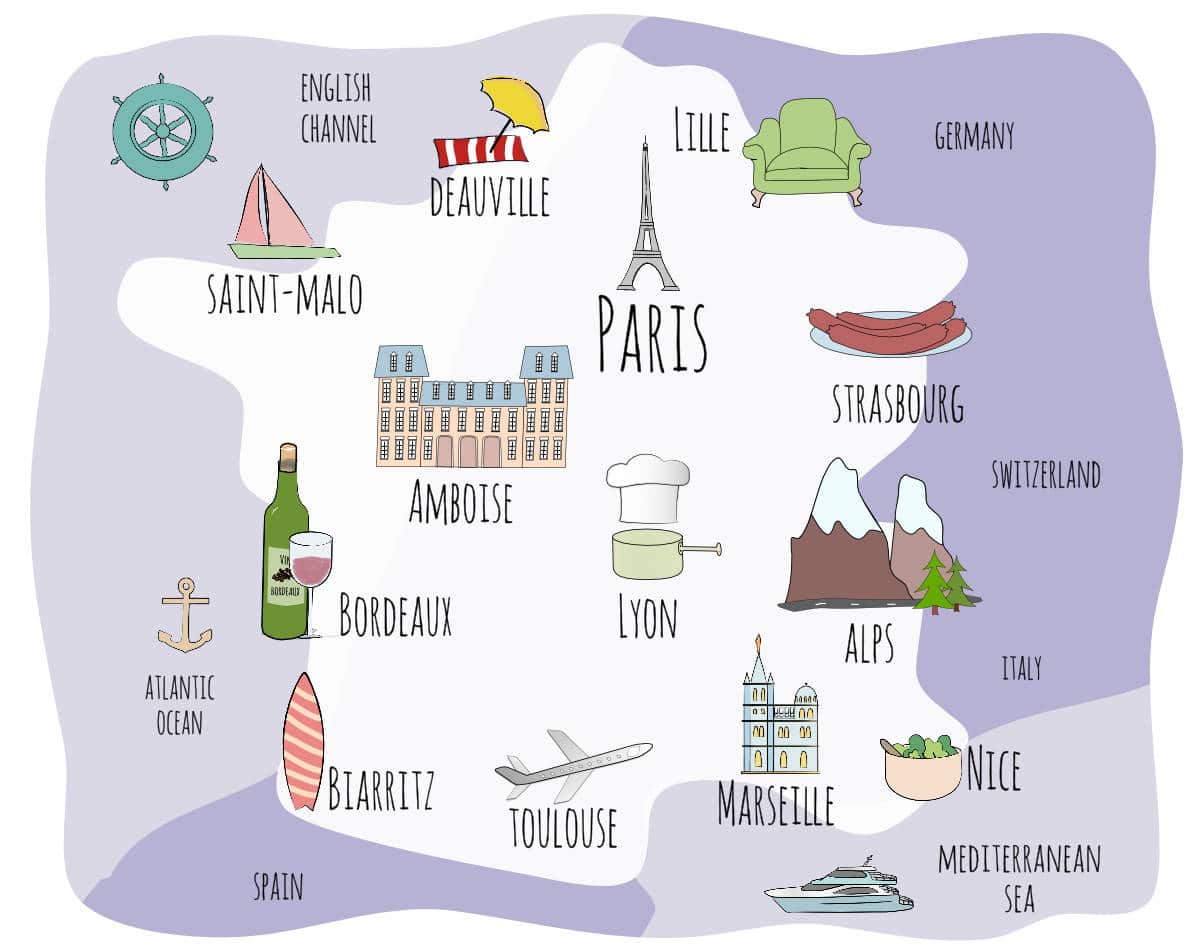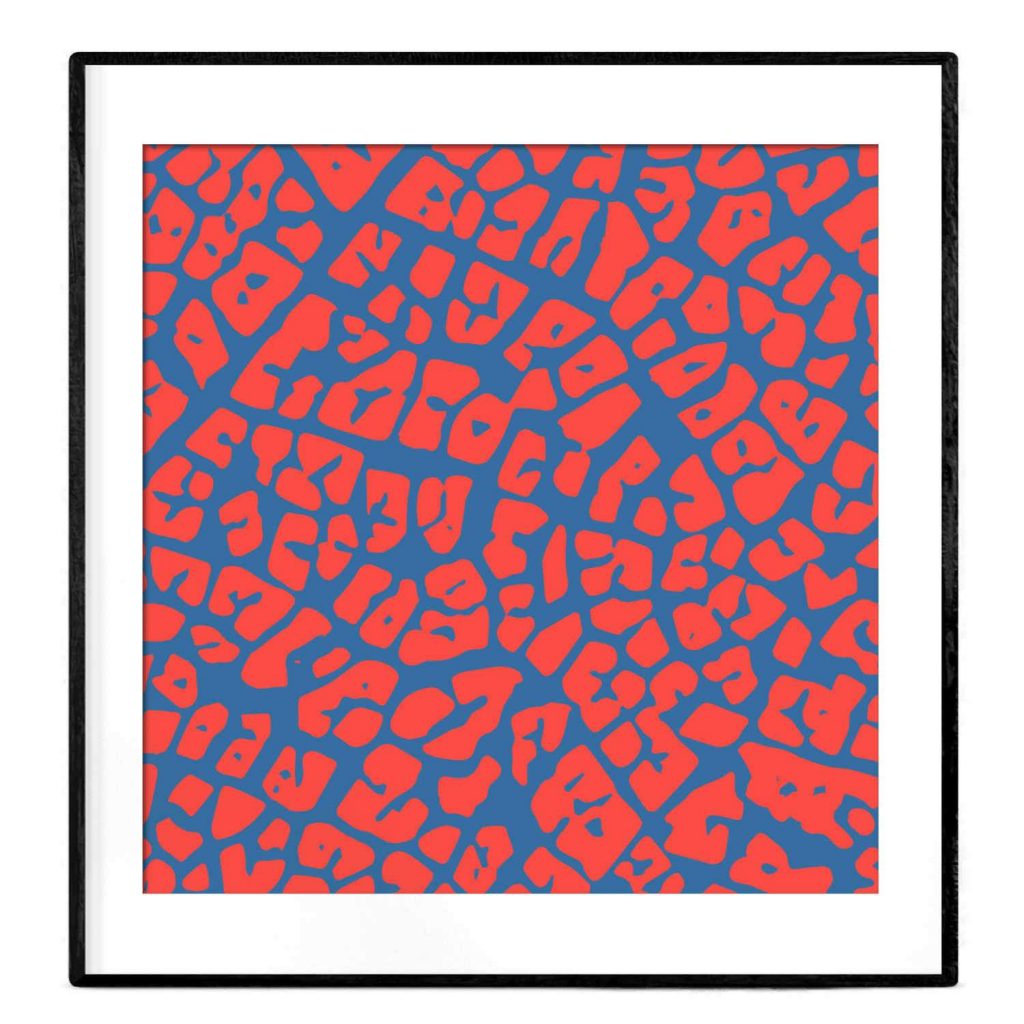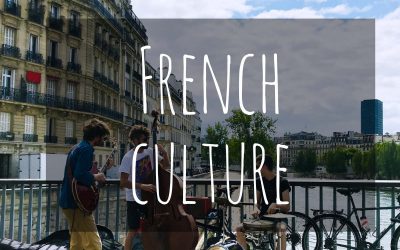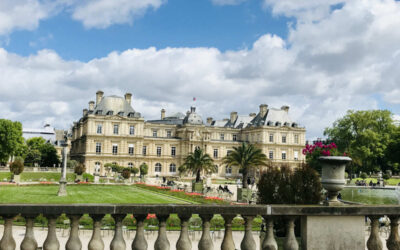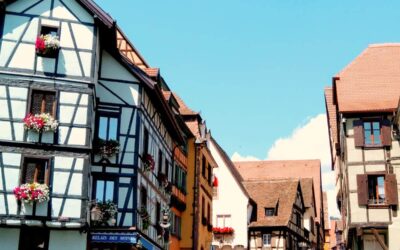Whether you are learning about France in school or just boning up for trivia quiz night, there are plenty of interesting facts and fun trivia about France.
France is the largest country in Western Europe and one of the most popular tourist attractions in the world. It is bordered by the Atlantic Ocean to the west, Belgium to the north and Luxembourg to the east and southeast.
With plenty of interesting facts and quirks to uncover, there is a lot to learn. So let’s get to some fun facts about France, shall we? Allons-y!
- 1. The capital of France is Paris.
- 2. The French flag is called the tricolore.
- 3. The Motto of France is Liberté, Égalité, Fraternité.
- 4. The main symbols of France are Marianne and a Coq.
- 5. The National Anthem is called the Marseillaise.
- 6. The French President and Prime Minister are elected every 5 years.
- 7. The French Government is made up of the Assemblée Nationale and the Sénat.
- 8. French Elections are always held on a Sunday.
- 9. Palais de l'Elysées is the Official Residence of the French President.
- 10. The French economy is the 6th largest in the world.
- 11. France is a world champion of taxes.
- 12. Many French cities were settled under the Roman Empire.
- 13. Marseille is the oldest city in France.
- 14. The first King of the Franks was Clovis I.
- 15. King Charlemagne ruled much of France and Germany.
- 16. Norman Duke William the Conqueror went on to become King of England.
- 17. France had many regional languages other than French.
- 18. There were multiple French Revolutions.
- 19. There are 12 regions in Mainland France.
- 20. There are even more Overseas Regions & Territorial collectivities.
- 21. France has over 35,000 communes.
- 22. There are 5 main rivers in France.
- 23. Highest Mountain in Europe is Mont Blanc in France.
- 24. There are over 1600 types of cheese in France.
- 25. France exports a lot of wine.
- 26. Eating snails is a delicacy in French cuisine.
- 27. French people eat a lot of bread.
- 28. Croissants and Fries are not French.
- 29. France is the travel capital of the world.
- 30. France is a champion of roundabouts.
- 31. The French Government awards medals to good parents.
- 32. The French like to name streets and monuments after famous people
- 33. French People get a minimum of 5 weeks holiday a year.
- 34. The French “Right of way” while driving can be confusing.
- 35. French birth certificates are only valid for 3 months.
- 36. Many famous fairy tales were written by a Frenchman named Charles Perrault.
- 37. The word "Etiquette" is French.
- 38. French writing style is different from English.
- 39. The Metric system is French.
- 40. There are many other inventions that were created by the French.
1. The capital of France is Paris.
The capital of France is Paris, (which we can be honest, is quite disliked by non-Parisians). It was named after the Celtic Parisii tribe that first settled here.
In Roman times, however it was Lyon that was the Roman capital power center, and Marseille was its biggest port city.
It is King Clovis I who establishes Paris his capital in 508AD, because of its strategic position on the River Seine. This was the center for the Frankish kings, eventually settling outwards in the Ile-de-France.
He had conquered the Kingdom of Soissons on the River Aisne, which was also previously a capital.
The capital was moved several times, notably by King Charlemagne to Aachen), before finally Paris permanently became the capital of France during the Middle ages. (There were also a couple of brief stints in the city of Tours.)
Its position on the Seine River and its central location in Western Europe made the city an ideal point for government. You can read more facts about Paris as well as the history of Paris.
2. The French flag is called the tricolore.
The flag of France is called the tricolore, meaning 3 colors. Alternatively, it is known as the bleu, blanc, rouge, meaning blue, white, and red.
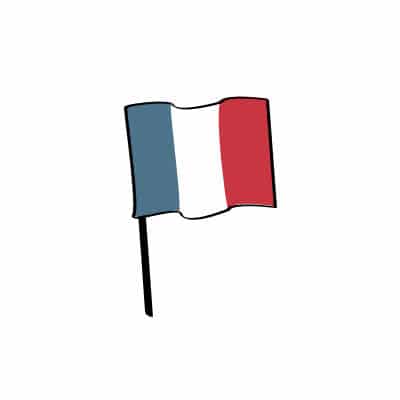
There are also a variety of regional flags of France that are flown around the country, attesting to the days those regions were independent.
3. The Motto of France is Liberté, Égalité, Fraternité.
The motto of France is Liberté, Égalité, Fraternité (meaning Liberty, Equality & Fraternity).
It was developed after the French Revolution in 1789, and was influenced by the 1st version of the American pledge of allegiance. France had aided the U.S.A. to counteract the hated British, and so rejoiced in their victory.
The 1st version of the the American pledge of allegiance that inspired the French motto was: “I pledge allegiance to my Flag and the Republic for which it stands, one nation, indivisible, with liberty and justice for all.”
4. The main symbols of France are Marianne and a Coq.
One of the symbols of France is Marianne. The female figure is usually dressed in white, with a red Phrygian cap (a soft conical cap with the apex bent over).
She became a symbol after the French Revolution and her model is displayed in all official buildings today.
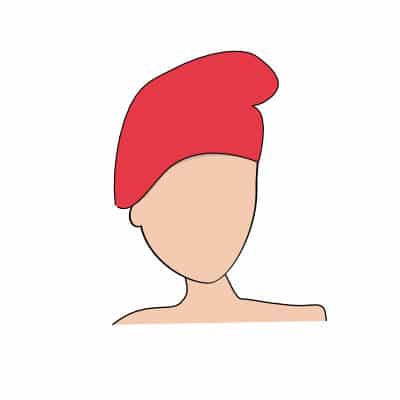
The previous symbol of French royalty (before the revolution) was the fleur de lys.
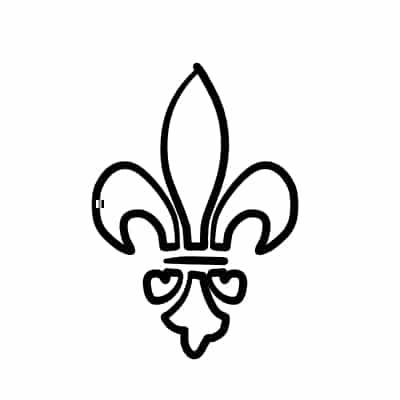
Another symbol, the Coq, is a rooster and this symbol adorns all French national team uniforms as well as in many other places.
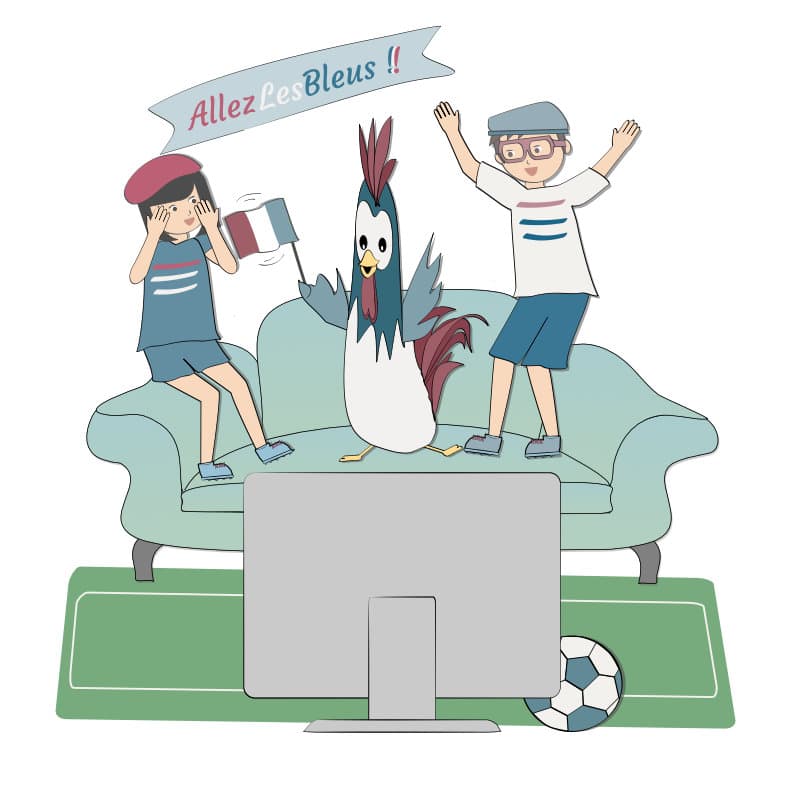
The French team at the Olympics and all international sporting events is called Les Bleus (the Blues).
5. The National Anthem is called the Marseillaise.
The French national anthem is called the Marseillaise, although it was written by a soldier based in Alsace. It has rather questionable lyrics which go like this:
| French National Anthem (short version) | English translation |
|---|---|
| Allons enfants de la Patrie, Le jour de gloire est arrivé! Contre nous de la tyrannie L’étendard sanglant est levé, (bis) | Arise, children of the Fatherland, The day of glory has arrived! Against us, tyranny’s Bloody standard is raised, (repeat) |
| Entendez-vous dans les campagnes Mugir ces féroces soldats? Ils viennent jusque dans vos bras Égorger vos fils, vos compagnes! | Do you hear, in the countryside, The roar of those ferocious soldiers? They’re coming right into your arms To cut the throats of your sons, your women! |
| Aux armes, citoyens, Formez vos bataillons, Marchons, marchons! Qu’un sang impur Abreuve nos sillons! | To arms, citizens, Form your battalions, Let’s march, let’s march! Let an impure blood Water our furrows! |
You can read the longer version of the French national anthem here.
6. The French President and Prime Minister are elected every 5 years.
France is a representative democracy. Every 5 years, a President is directly elected as Head of State.
The President then appoints a Prime Minister as his head of government, to select ministers for important posts such as defense, health, culture, etc., and generally manage affairs.
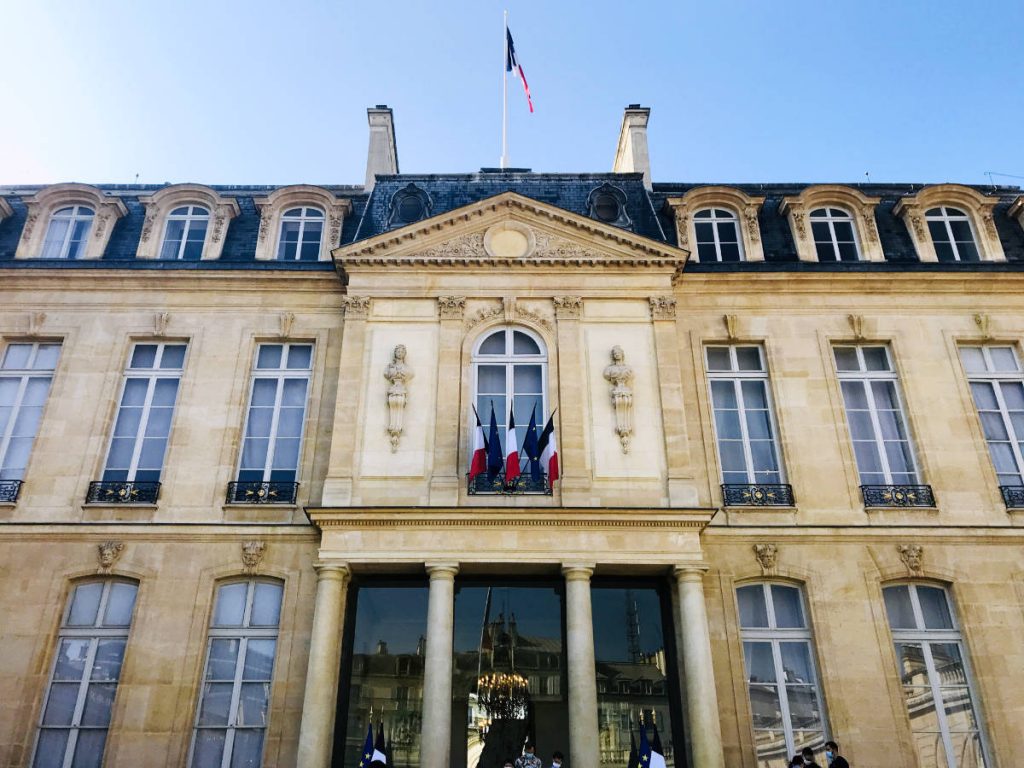
While each presidential term is 5 years, most prime ministers are only appointed for a portion of the presidency, usually around 2 years.
☞ READ MORE: “Vive La France” and other French Presidential Vocabulary
7. The French Government is made up of the Assemblée Nationale and the Sénat.
In addition, 577 parliament members are directly voted into the Assemblée Nationale (French House of Representatives) for 5-year terms. Only the Prime Minister is usually allowed to address the Parliament members at the Assemblée Nationale, not the President. This is similar to the Queen/King of United Kingdom who are not allowed into the British House of Representatives unless invited.
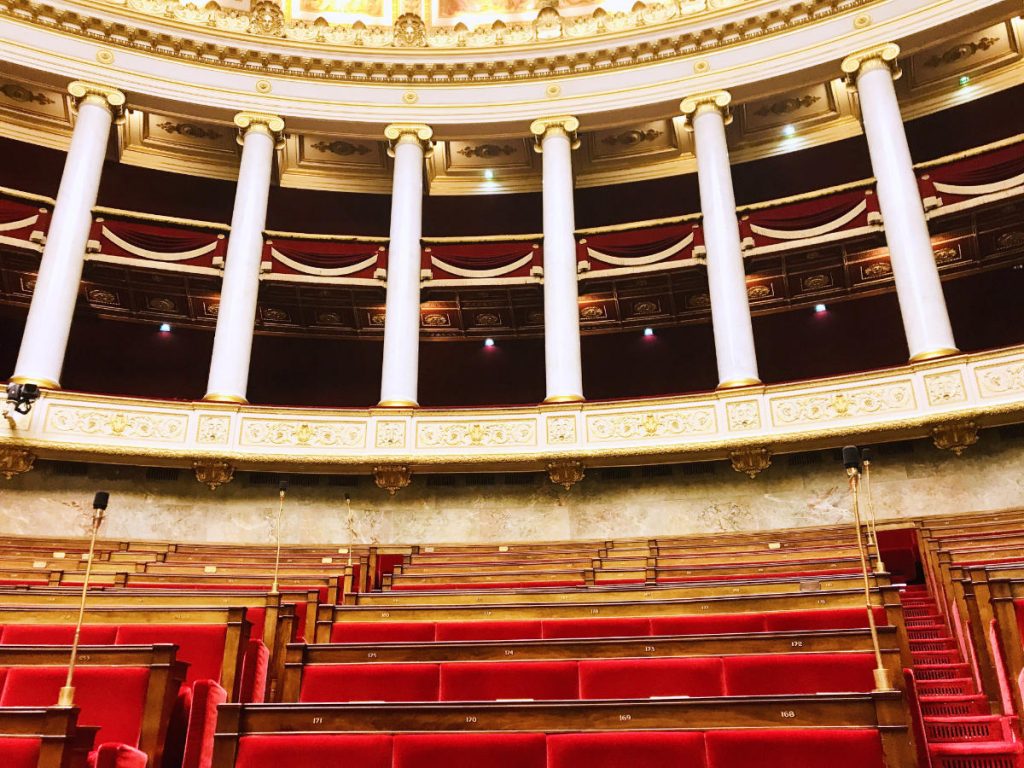
French locally-elected officials also elect 348 Senators to sit in the Sénat (Senate) for 6-year terms, with half of the seats up for election every 2 years.
For comparison:
| Data Points | France | United States |
|---|---|---|
| Population | 66 million | 328 million |
| # of Representatives | 577 | 435 |
| # of Senators | 348 | 100 |
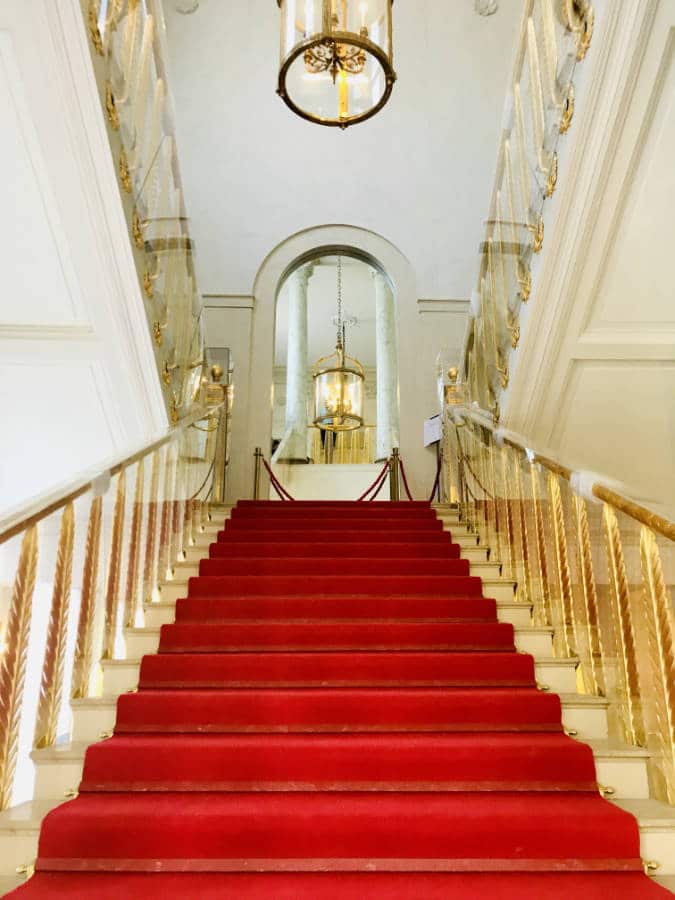
8. French Elections are always held on a Sunday.
French elections are always held on Sunday. If a winner does not get more than 50% of the vote, then the first 2 candidates with the highest % of votes compete in the 2nd round of voting that is held 2 weeks later.
Voters must be over 18 and citizens of France. Overseas French citizens also have the right to vote.
Voters select for a President and individual members of Assemblée Generale. Separate elections are also held for governments (region, department, council).
Voting is not compulsory, but it is generally quick and easy. A week before, voters receive an envelope containing pamphlets outlining each candidate’s position.
On voting day, small pieces of paper are laid out with each candidate/party name on separate pieces of paper. Voters collect all the papers, go into a covered booth and put the paper with the candidate of their choice in a little envelope, while throwing out the other candidates’s chits of paper in a nearby dustbin. (If you are really curious, you have peek into the dustbin to see which candidate is seemingly not being voted for.)
There is no voting confusion here since there is nothing to checkmark, hanging chads, etc., just a slip of paper with the candidate’s name in an envelope. As such, votes are counted by hand in France. (It is, however, not great for the environment with all that wasted paper!)
A form of protest during the vote is to turn in a vote blanc, meaning “white (blank) vote”.
9. Palais de l’Elysées is the Official Residence of the French President.
The official residence of the French president is the Palais de l’Elysées in Paris, (i.e. the French version of the White House).
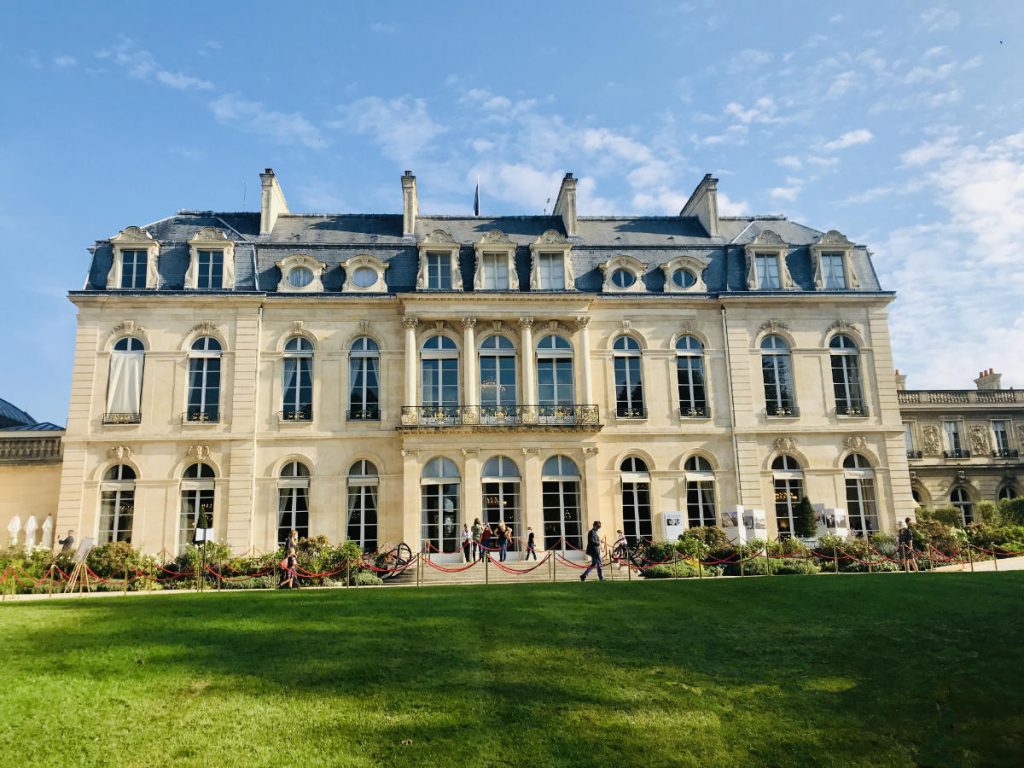
It was initially purchased by King Louis XV as a residence for his mistress, the Madame de Pompadour, before eventually becoming state property. You can read more about the Palais de l’Elysées (and its questionable decor) here.

10. The French economy is the 6th largest in the world.
France has 6th largest economy in the world behind U.S., China, Japan, Germany and India, and the 2nd largest in Europe, and the 2nd largest in Europe. France is part of the European Union, and uses the Euro as legal currency.
11. France is a world champion of taxes.
According to the OECD, France has been declared the world champion of taxes. Approximately 57% of GDP is coming from France’s Public sector spending.
That means more than ½ of the spending in France’s economy is coming from the government (per the Office of the French Prime Minister).
To pay for all this public sector activity, France collects taxes. France has the highest taxes in the world at around 46%, narrowly beating out Denmark and Belgium (link in French).
Goods and Services Tax or Value Added tax (VAT) is approximately 19% in France.
In addition, French politicians have the habit of creating new taxes every time they want to fund a project, rather than taking it from the existing budget. This has led to the creation of hundreds of “micro-taxes” and what is known as the mille feuille fiscal (meaning 1000 layers of taxes).
As an example, France has 192 different taxes that collect less than 150€ million each (link in French), compared to Germany which has 3 such micro taxes. It certainly keeps the accountants busy! You can read more about French taxes here.
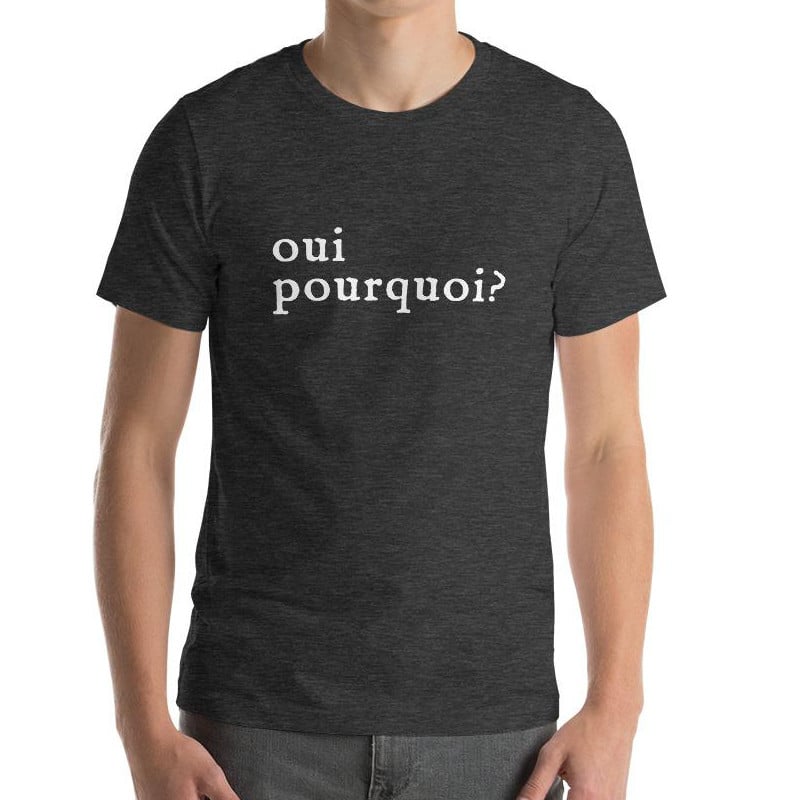
12. Many French cities were settled under the Roman Empire.
The original inhabitants of France were a Gallic tribe called the Gauls. They were invaded by Greeks, who in turn were invaded by the Roman Empire from the 1st century BC to the 5th century AD. (The comic books Asterix and Obelix centers around the intrepid Gauls fighting the dastardly Romans.)
The Roman capital in Western Europe at the time was Lugdunum, which today is the city of Lyon. In addition, cities like Nimes and Arles where where it was at, for the Romans. (If you are in the South of France, don’t forget to visit the famous Pont du Gard aqueduct built by the Romans to carry around 8 million imperial gallons of water per day.)
And Paris? Paris at the time was just a tiny outpost in the north, surrounded by a wall.
13. Marseille is the oldest city in France.
Marseille is the oldest city in France, and today the 2nd largest. It was founded in 600 BC as the Greek colony of Massalia. Its strategic location on the Mediterranean sea made it an important trading port.
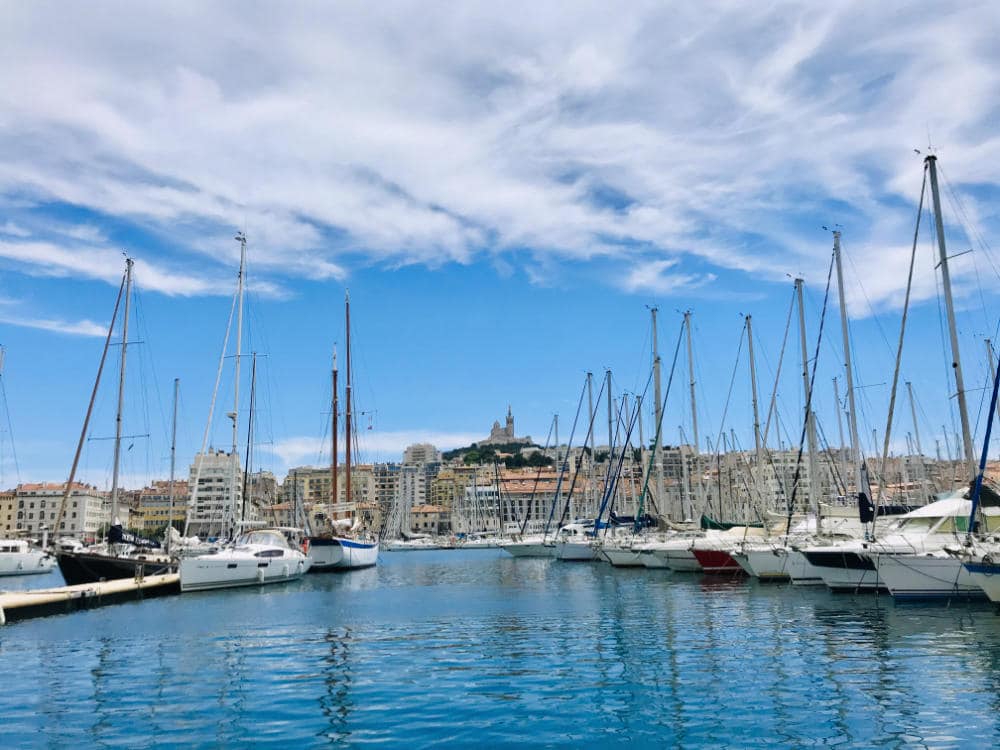
14. The first King of the Franks was Clovis I.
After the fall of the Roman Empire came a Germanic tribe named the Franks. They defeated the Gauls across much of the country (although a strong Gaelic presence remains in Bretagne.) The country France is named after the Franks.
Clovis I was the first king of the Franks to unite all of the Frankish tribes under one ruler in 481 AD, and ensuring that the monarchy was passed down to his heirs.
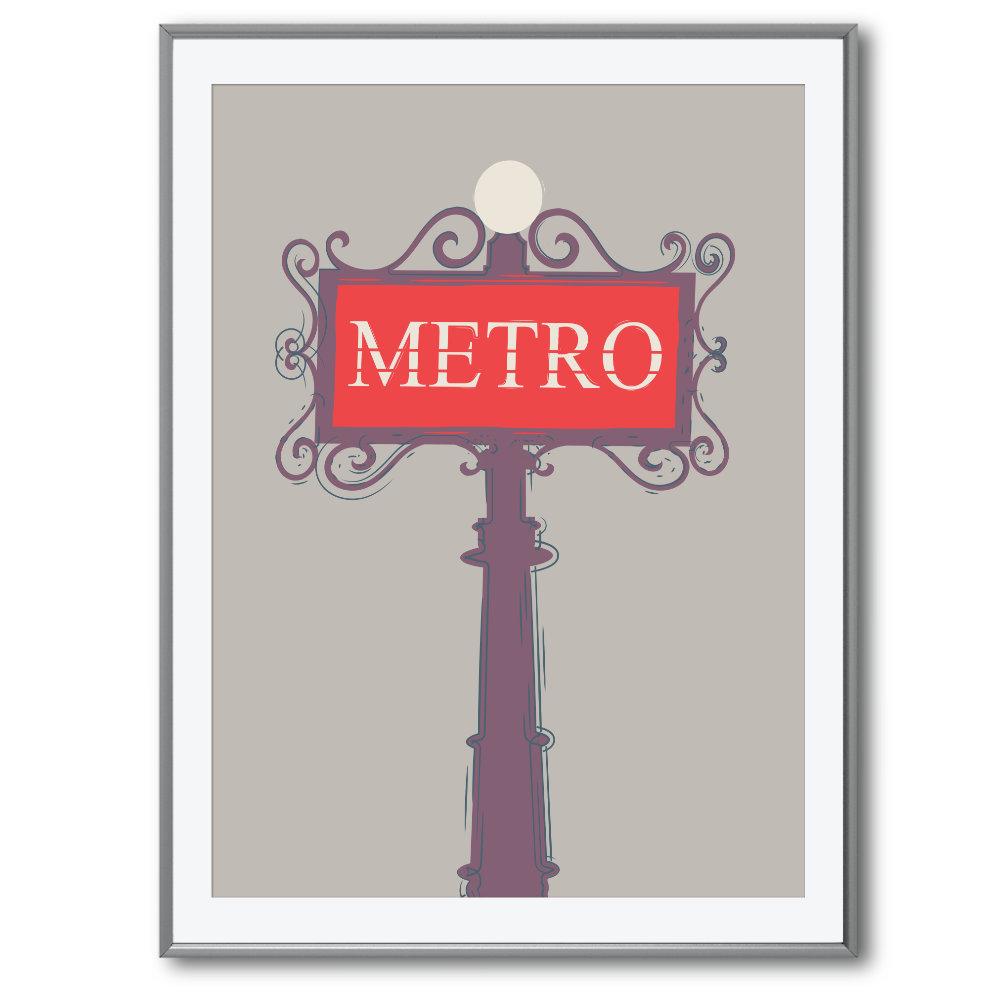
15. King Charlemagne ruled much of France and Germany.
A century after Clovis, came a new King of the Franks named Charlemagne. They say that every European is related to King Charlemagne. (He had at least 18 children so it is possible).
By 768 AD, Charlemagne had conquered almost the entirety of the area known today as France and Germany, forming the Frankish Empire. But upon his passing, his sons started squabbling, arguing over the region of Alsace and many other disputed lands in the middle.
You can read about other famous French people throughout history here.
16. Norman Duke William the Conqueror went on to become King of England.
For French people, William the Conqueror who conquered England in 1066, is French! Guillaume of the Duchy of Normandy went across the English Channel from the west coast of France. He went to England leaving his wife and children behind in Normandy, as he fought and solidified his hold on England.
William didn’t speak much English, so the language of the (English) court was French, a tradition that his descendants continued for centuries. As such, approximately 45% of words in English are rooted in French. (Launching into English without attempting to speak French however, remains a taboo in France.) You can read more fun quotes about the rivalry between the British and French here.

17. France had many regional languages other than French.
The English may have been learning to speak French, but at the time not all the people in France did. At the time, people spoke the language of their region.
| Regional Languages in France | Spoken in |
|---|---|
| Alsacien | Alsace |
| Arpitan | Near Switzerland and Italy, including Rhône Alps |
| Basque | Near Spain (known as Basque Country) |
| Breton | in Brittany |
| Catalan | Near Spain (Known as Catalan) |
| Corse | Island of Corsica |
| Flamand | North of France, including Dunkerque |
| Francique Lorrain | Near Luxembourg, including Moselle |
| Occitan & Provençal | South of France, including Marseille |
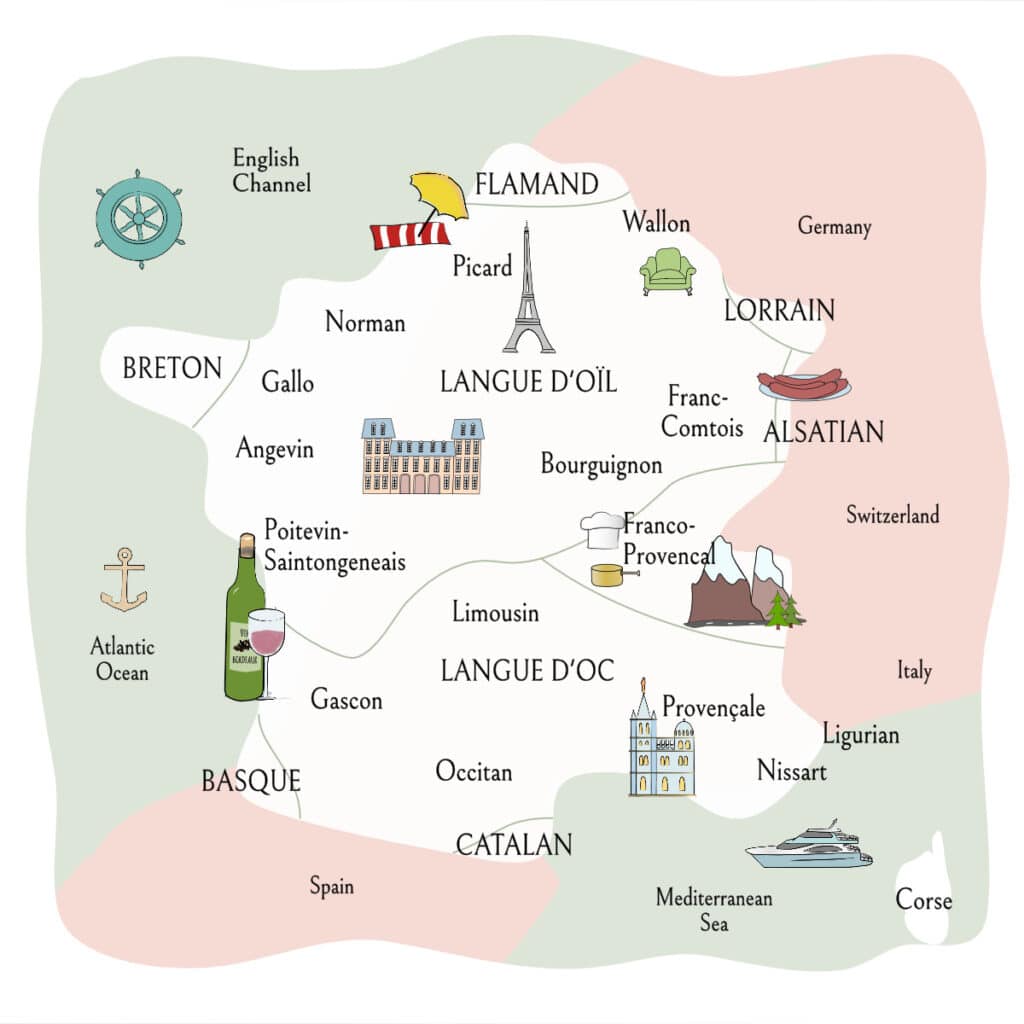
However, in 1539, King François I banned the use of most of these regional languages and insisted on a new language he called “françoys” be used for all official purposes. (Do we doubt that the name bears a strong resemblance to his own name?)
Today, there is still some resistance, however. Alsatian, Corse, and Breton are still taught in French schools in those regions, and the metro in the city of Toulouse is officially bilingual in French and Occitan. You can read more about French royals and the history of France here.
18. There were multiple French Revolutions.
Everyone knows about the French Revolution which ended King Louis XVI and Marie-Antoinette’s rule in 1789, with their heads getting chopped off.
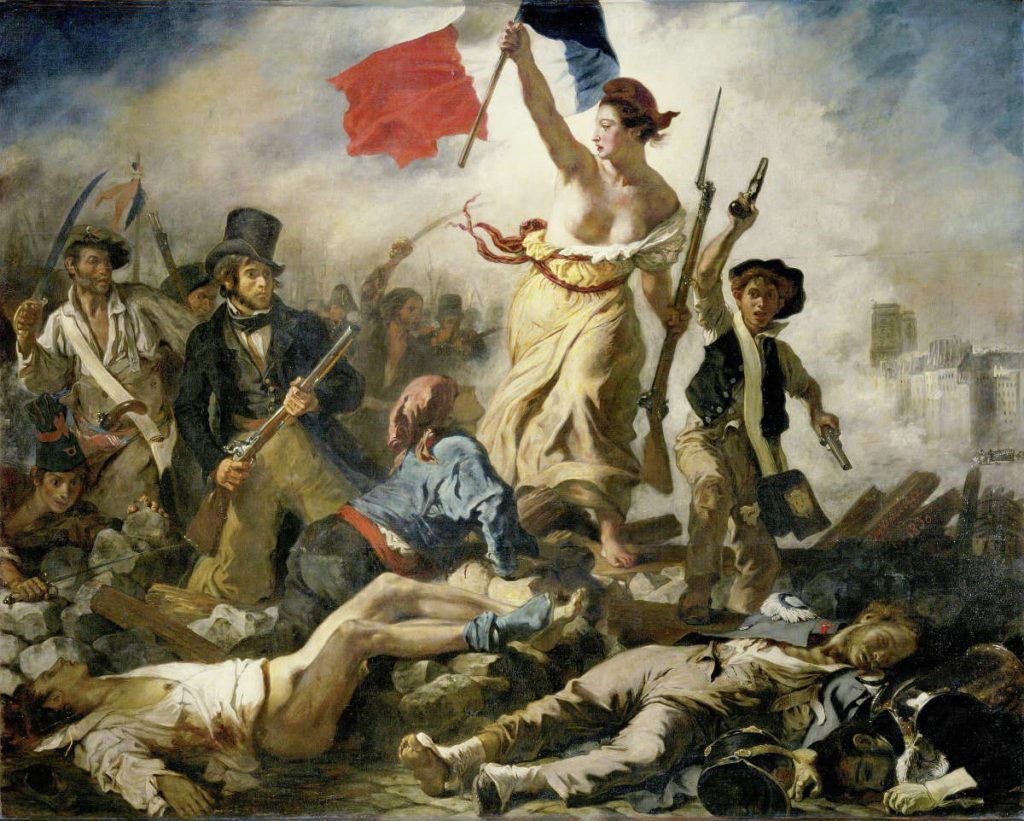
Since then, however, there have been another 2 empires (Napoleon Bonaparte and his nephew), yet another revolution in 1848, 2 constitutional monarchies, and 5 republics.
☞ READ MORE: French Royal Family: The Rulers of France who changed the world
19. There are 12 regions in Mainland France.
Mainland France is known collectively as the Hexagone because the map of it looks like a hexagon. It is made up of 12 regions:
- Auvergne-Rhône-Alpes
- Bourgogne-Franche-Comté
- Bretagne
- Centre-Val de Loire
- Grand Est
- Hauts-de-France
- Île-de-France
- Normandie
- Nouvelle-Aquitaine
- Occitanie
- Pays de la Loire
- Provence-Alpes-Côte d’Azur
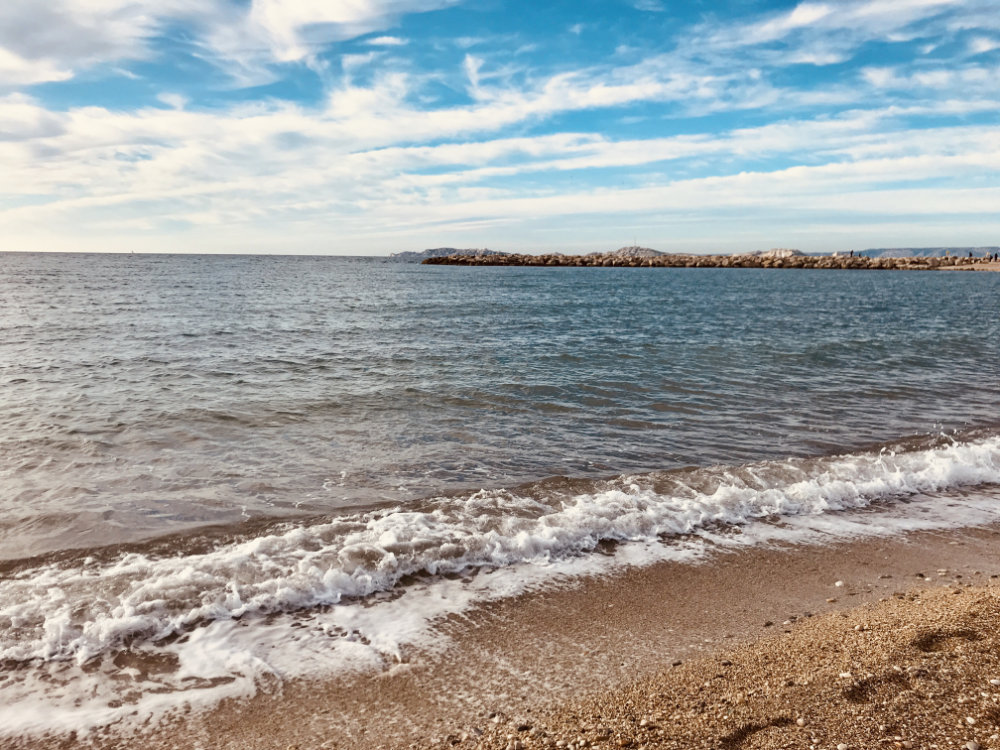
20. There are even more Overseas Regions & Territorial collectivities.
In addition to mainland France , there are:
- 1 territorial collectivity: Corsica.
- 5 overseas regions (régions d’outre-mer):
- Guadeloupe
- French Guiana
- Martinique
- Mayotte
- Réunion
- 4 overseas collectivities (collectivités d’outre-mer):
- Saint-Pierre and Miquelon
- Saint Barthélemy
- Saint Martin,
- Wallis and Futuna.
- 1 overseas “country” (pays d’outre-mer): French Polynesia.
- 1 sui generis collectivity (collectivité sui generis): New Caledonia
- 1 overseas territory (territoire d’outre-mer, or TOM): French Southern and Antarctic Lands divided into 5 districts:
- Kerguelen Islands
- Crozet Islands
- Île Amsterdam & Île Saint-Paul
- Adélie Land
- Scattered islands
- 1 uninhabited island in the Pacific Ocean off the coast of Mexico: Clipperton.
21. France has over 35,000 communes.
The regions are divided into departments, which are further divided into over 35,000 communes (meaning towns).
Some towns have as little as 20 people in them, but still have their own communal government and mayor. Larger cities like Paris or Marseille will have multiple layers of local government.
As a comparison, France has 40% of all the communes in Europe. Neighboring Germany which is similar in size and population, has only around 11,000 communes, while Italy and Spain have around 8000 communes.
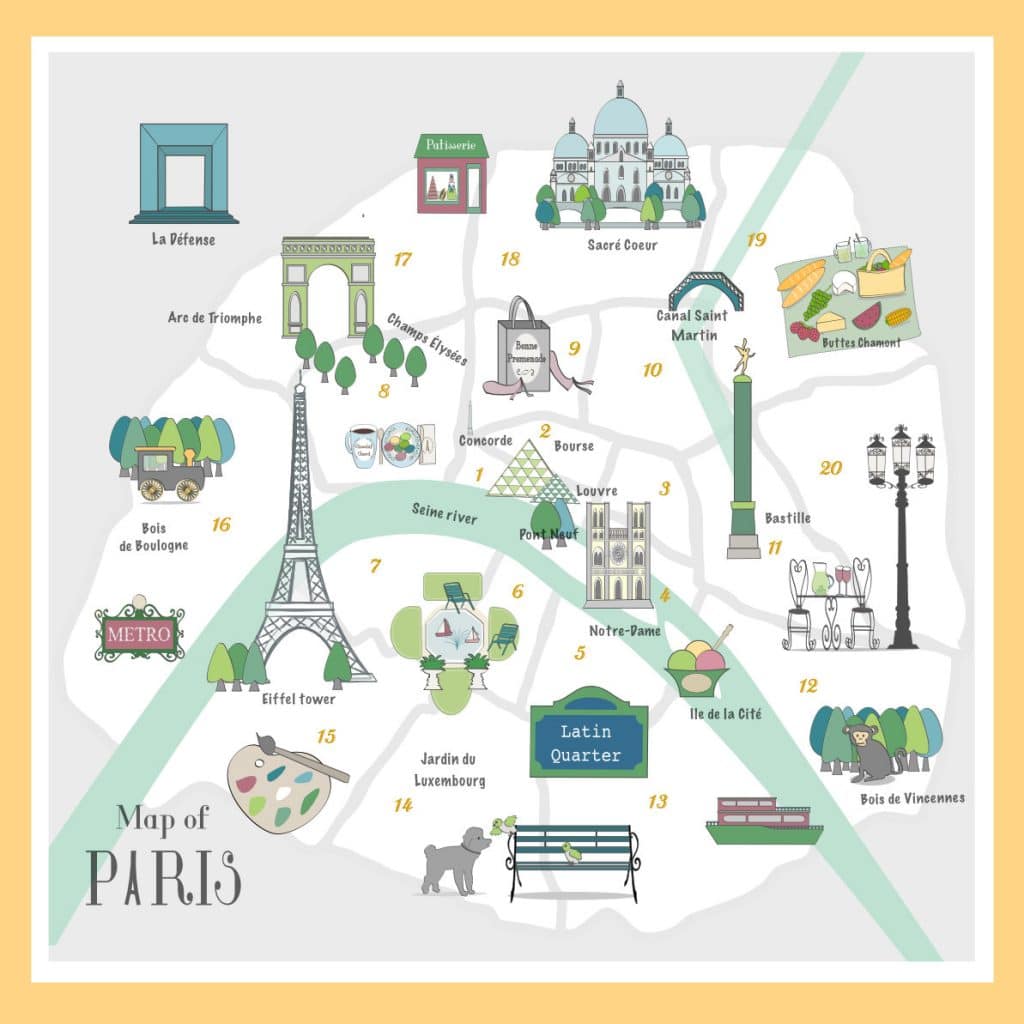
Some towns like Paris, are further divided into arrondissements, each of which has its own layer of government.
22. There are 5 main rivers in France.
There ar 5 main rivers in Mainland France:
- the Seine (which flows through Paris)
- the Rhône (South of France near Marseille)
- the Loire (through the Loire Valley)
- the Garonne (near the Pyrenees mountains and Spain)
- the Rhine (in Alsace and Germany)
23. Highest Mountain in Europe is Mont Blanc in France.
France is home to Mont Blanc, the 2nd highest mountain in Europe, after Mount Elbrus in Russia. It rises to over 4808m above sea level.
However, ownership of the mountain summit is still in dispute between France and Italy as the mountain stands between the region of Savoie in France, and Italy. (Fun fact: In 1860, the Duchy of Savoie near Annecy, was annexed by France. In return, the last Duke of Savoy, Victor Emmanuel II, was made King of Italy.) You can read more facts about the Alps here.
☞ READ MORE: Do you know your French Geography? (With Quiz)
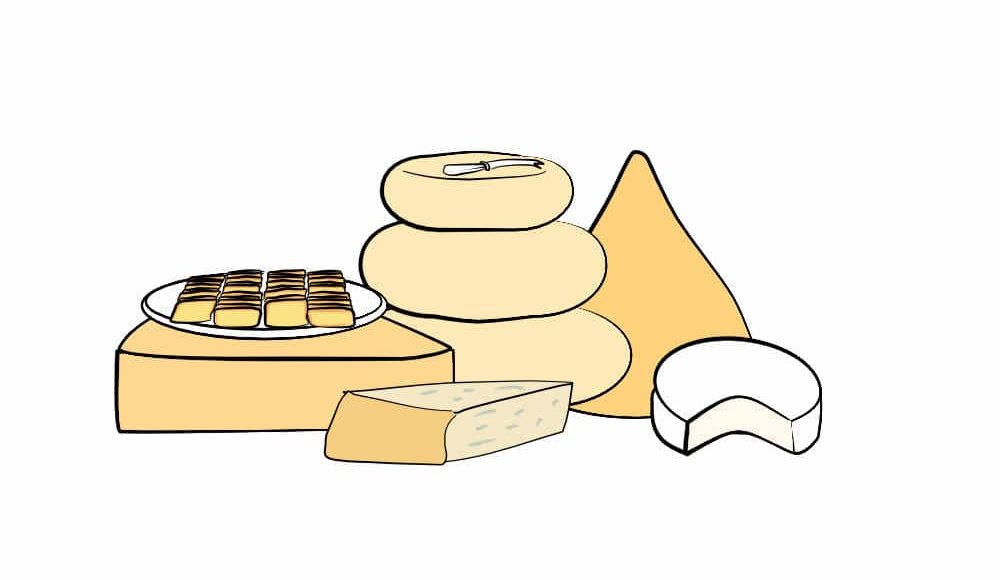
24. There are over 1600 types of cheese in France.
There are over 1600 types of cheese in France. As General Charles de Gaulle once said, “How can you govern a country that has so many varieties of cheese?” (In case you are wondering, these are our top favorite classic French cheeses.)

25. France exports a lot of wine.
France is wine country, and produces and exports over 8 billion bottles of wine every year. For the biggest names amongst red wines, choose among Bordeaux, Burgundies, and Cote du Rhônes.
For whites, try a wine from Alsace or sparkling wine from the Loire. And of course, you can never go wrong with Champagne. (You can read more about deciphering a French wine label here.)
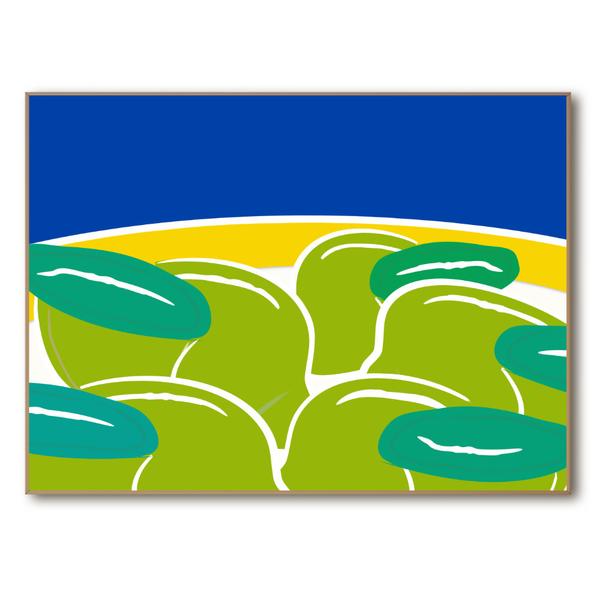
26. Eating snails is a delicacy in French cuisine.
Yes, snails are a delicacy in France, and yes they are delicious. It is estimated that French people eat 16000 tons of escargot every year, even if they all grew up singing the famous French nursery rhyme. (Cuisse de grenouille (frog legs), on the other hand, are much less common, although they too are extremely popular.)
You can read more about eating escargot here.
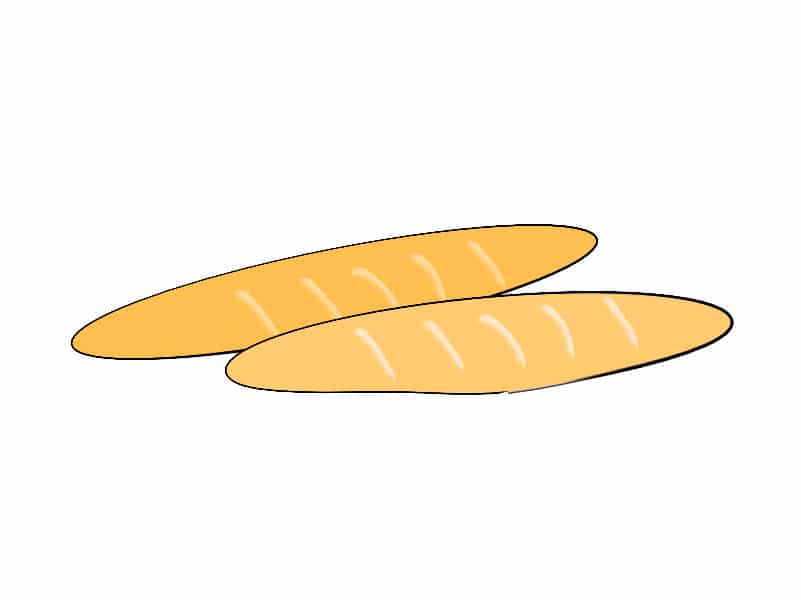
27. French people eat a lot of bread.
It is estimated that French people eat 6 billion baguettes every year. There are over 32000 boulangeries (bakeries) in France and they are considered “essential services”.
Until 2015, bakeries required government approval to go on vacation, in order to ensure that all neighborhood bakeries were not closed at the same time.
In rural areas, there are such things as baguette vending machines to ensure that no one has to travel too far to get their daily bread.
☞ READ MORE: Quiz: Do you know your French Cuisine?
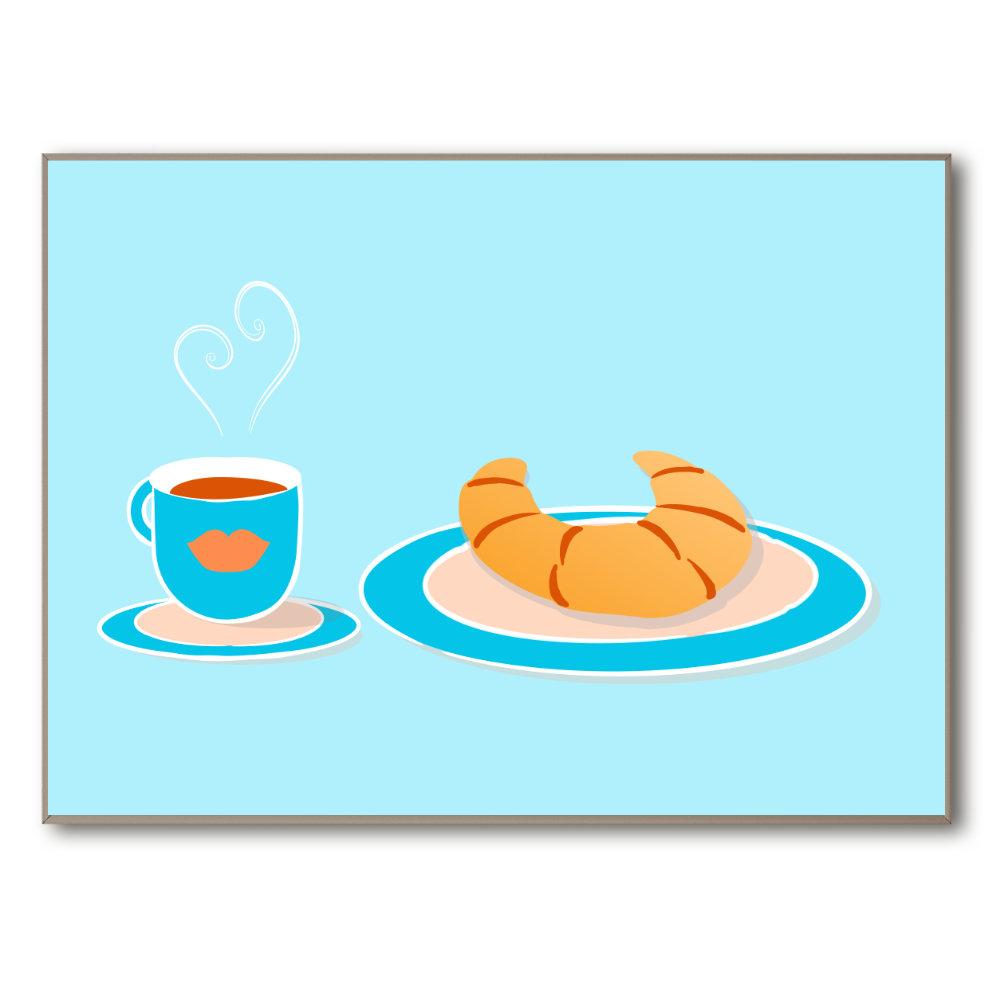
28. Croissants and Fries are not French.
The legendary Croissant is actually Austrian and is said to have made its way to France with the arrival of Austrian princess Marie-Antoinette. She married French King Louis XVI at the age of 14, brought her delicious croissants with her, and the rest was history. (And no, she did not say “let them eat cake“.)
In addition, french fries, or frites as they are called in French, are actually Belgian. And French toast? It dates back to the Roman Empire. You can read about more interesting French food facts here.
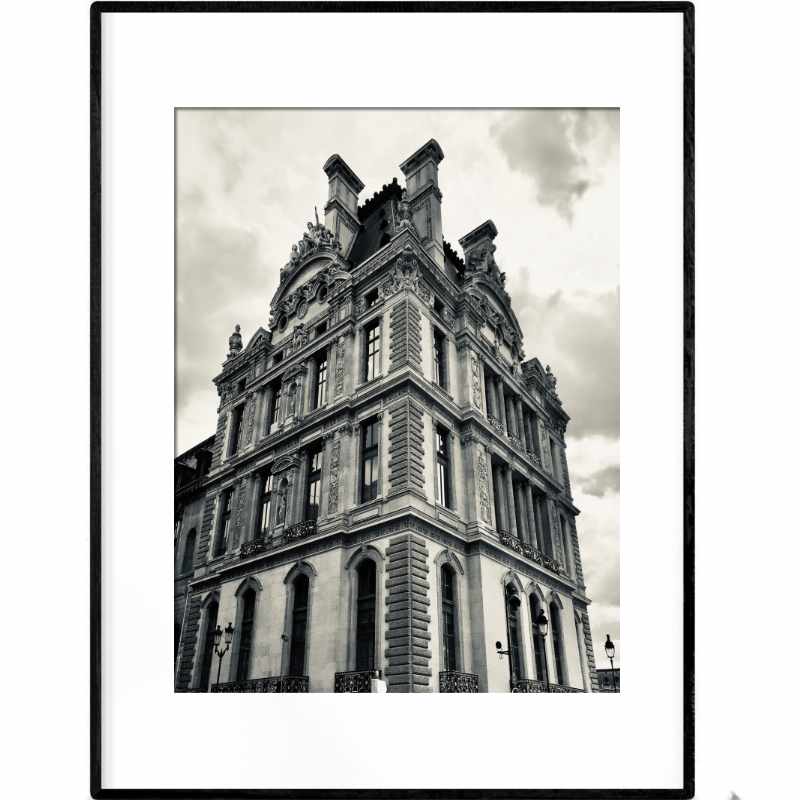
29. France is the travel capital of the world.
France has the privilege of being the most visited country in the world. With over 80m people visiting every year, people love to travel to France! Incidentally, it is said that the Louvre museum in Paris is the most visited museum in the world.
☞ READ MORE: Incredible facts about the Louvre
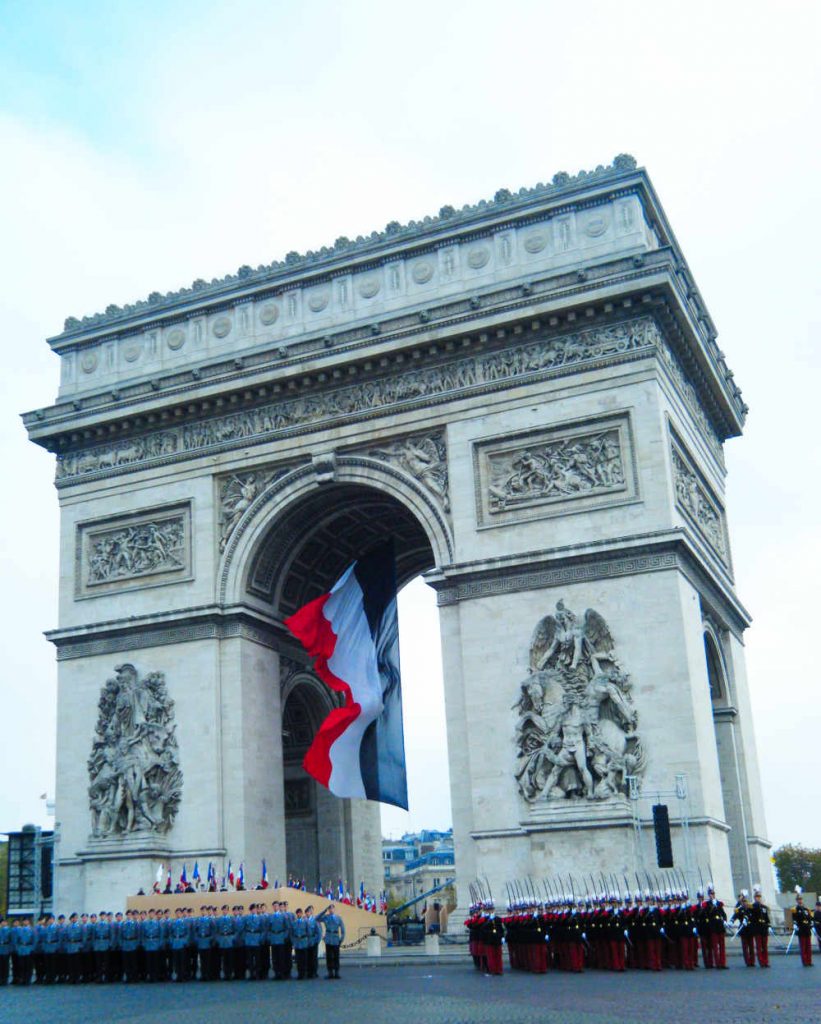
30. France is a champion of roundabouts.
France is the World Champion of Roundabouts, with over 50,000 all across the country. This is around 6 times more than Germany, a country of similar size.
You may have heard of our most famous one, the Arc de Triomphe on the Champs Elysées.
It is estimated that around 500 roundabouts are built every year in France. It is considered to be a safer way to drive, causing fewer accidents annually.
☞ READ MORE: Driving in France: 27 Rules and Tips you should know
31. The French Government awards medals to good parents.
If you have more than 4 kids and raise them well, you too can get the Médaille de la Famille française (Medal of the French Family).
For a family in France to get the medal, the parents have to apply to the local Town Hall (Mairie) when the oldest has reached the age of 16. The Mairie will then investigate that the “children are brought up well”, and then decide whether or not to award the medal.
32. The French like to name streets and monuments after famous people
French governments like to name streets and monuments after famous people. Everything from Charles de Gaulle Airport to Franklin Roosevelt metro station in Paris is named after people. Presidents of France get top honor, such as Centre Pompidou museum and Bibliothèque François Mitterrand (Library).
But there are certain names that get more use than others. Here are the number of streets and monuments named after different French personalities in France:
- Charles de Gaulle – 3903 streets & monuments – General of the French Resistance in WWII and subsequently and President of France.
- Louis Pasteur – 3354 streets & monuments – Scientist renowned for his discoveries of the principles of vaccination and pasteurization.
- Victor Hugo – 2555 streets & monuments– Author of “Hunchback of Notre Dame” and “Les Miserables”.
- Jean Jaures – 2370 streets & monuments – Socialist Politician who was assassinated.
- Jean Moulin – 2215 streets & monuments – French Resistance leader who was tortured to death during WWII.
So if you are going to Avenue Jean Jaures, make sure you specify to the taxi driver which town it is in!
33. French People get a minimum of 5 weeks holiday a year.
French people have a minimum of 5 weeks vacation per year, with most people averaging around 8 weeks. (And this is on top of the public holidays in France.) They do work more than 35 hours a week, so that vacation is well earned 😉
☞ READ MORE: French Culture: 50+ facts and tidbits from France
34. The French “Right of way” while driving can be confusing.
The French “Right of way” is exceptional in that even a smaller country road on the right may have priority, unless they have a specific sign saying otherwise.
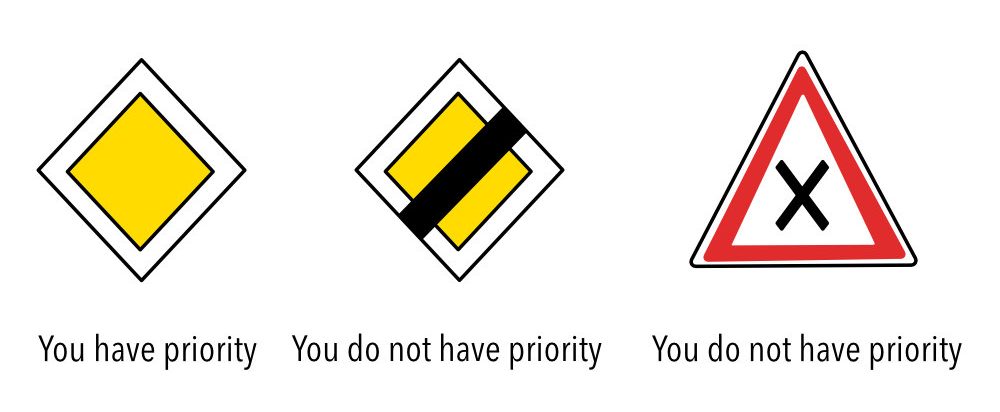
So even if a single lane road is coming up on a two-lane road, the driver of the two-lane road may legally be obliged to slow down and/or stop to cede the right of way to the other driver. You can read more about French driving rules here.
35. French birth certificates are only valid for 3 months.
In France, birth certificates are official documents that need to be provided on a variety of occasions. Most government offices will ask for a birth certificate issued within the last 3 months. For example, even if a Frenchman is 35 years old, his birth certificate should be a new one issued within the last 3 months.
Why a new birth/marriage certificate every time? As far as most people are aware, birth certificates don’t change! Except in France, they do. In France, birth certificates are updated for significant details such as marriages, divorces, children, etc. It is called “Mention Marginale”. Literally, it means a note in the margins of his birth certificate.

36. Many famous fairy tales were written by a Frenchman named Charles Perrault.
Puss in Boots, Little Red Riding Hood, and Cinderella were written by a Frenchman named Charles Perrault. He was a secretary at the Château de Breteuil, just outside of Paris, which today pays tribute to his works.

37. The word “Etiquette” is French.
The notion of etiquette came about from the practices of Sun King Louis XIV. He codified the role of all courtiers and members of French court at the Palace of Versailles, regulating every aspect of their life, from outfits to behaviour from morning till night.
The French etiquette rules remained after the French revolution, with the art de la table being democratized for the bourgeoisie and the masses. With everything from how to comport yourself at the dinner table, how to drink wine or cut and serve cheese, there are too many guidelines to count!
38. French writing style is different from English.
English and French may both use the Latin alphabet, but the French writing style is quite different as are several punctuation marks. When writing numbers, the comma goes where the period is and vice versa.
From guillemets to last names being written in capitals, you can read about the differences in French punctuation here.
39. The Metric system is French.
The metric system adopted today by much of the world, was born in France. Gabriel Mouton, a French scientist and abbot from Lyon first came up with the concept of a milliare in the 1670s, that was defined as a minute of arc and a system of sub-units, dividing successively by factors of ten into the centuria, decuria, virga, virgula, decima, centesima, and millesima.
Approximately 100 years later, after the 1789 revolution, the French Academy of Sciences decided to reform their unwieldy and archaic system of many local weights and measures, by adopting what became known as the metric system.
40. There are many other inventions that were created by the French.
There have been several revolutionary items invented in France, among them:
| French Invention | Inventor |
|---|---|
| Metric system | Academy of Sciences of Paris |
| Stethoscope | Physician René Laennec |
| Pencil sharpener | Mathematician Bernard Lassimonne |
| Pasteurization | Biologist Louis Pasteur |
| Canned food | Nicholas Appert |
| Underwater oxygen tank | Jacques-Yves Cousteau |
| Montgolfier | Joseph-Michel and Jacques-Etienne Montgolfier |
| Braille language | Louis Braille |
| Cinematographe | Frères Lumières in La Ciotat |
| Hairdryer | Alexandre Godefroy |
The French government gives many grants for research and development, so this is an area that the country excels in. You can read more about French inventors and their inventions here.

So was there anything on the list that you found the most surprising? If you enjoyed that article, you can read more about facts about Paris. Not sure what a Parisgo is? Here is your chance to find out! A bientôt!
